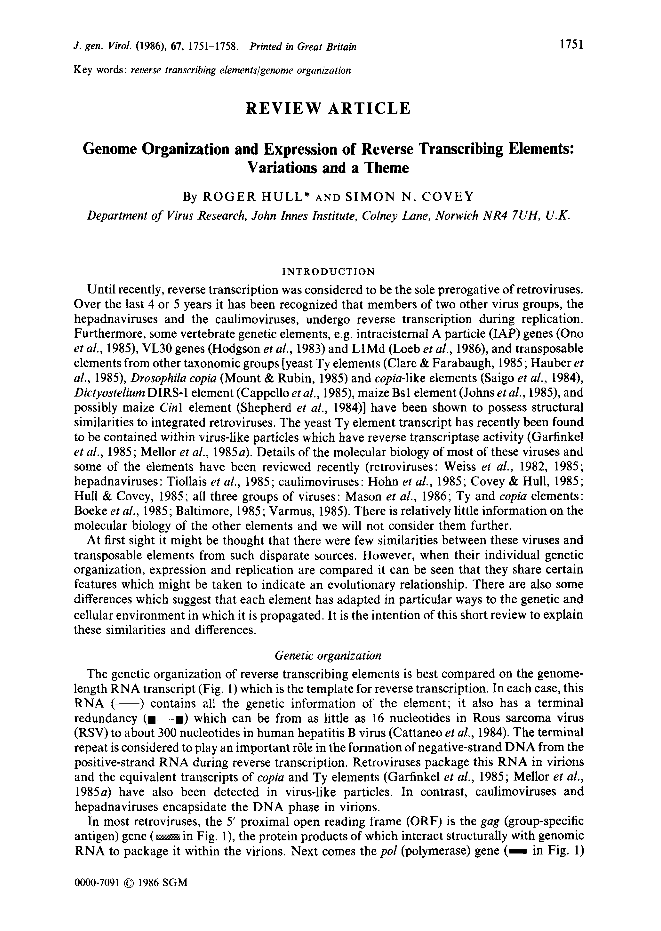
Full text loading...

Genome Organization and Expression of Reverse Transcribing Elements: Variations and a Theme, Page 1 of 1
< Previous page | Next page > /docserver/preview/fulltext/jgv/67/9/JV0670091751-1.gif
There is no abstract available.

Article metrics loading...

Full text loading...
References


Data & Media loading...
